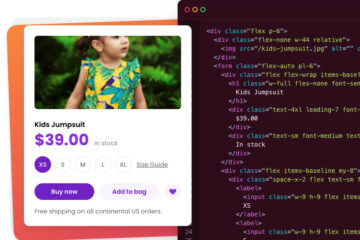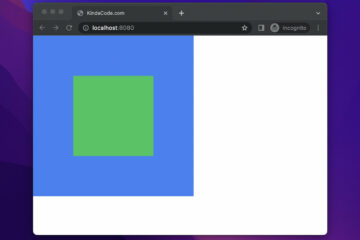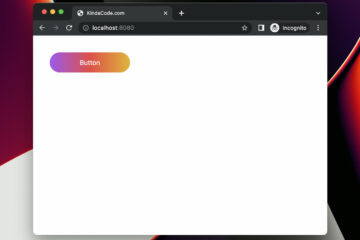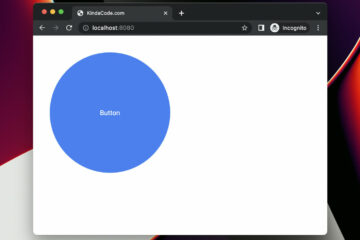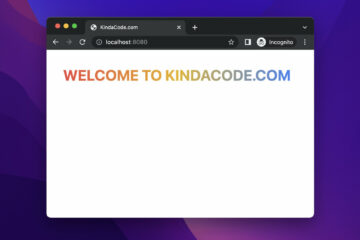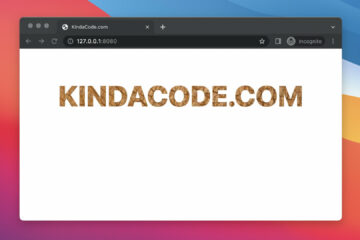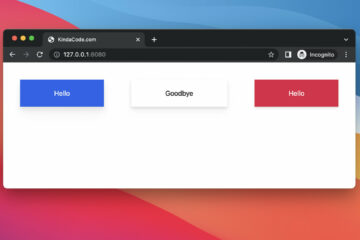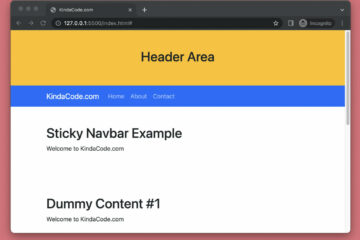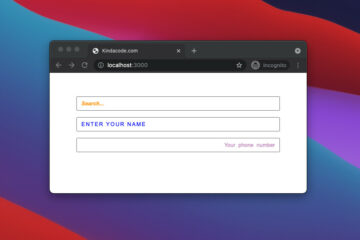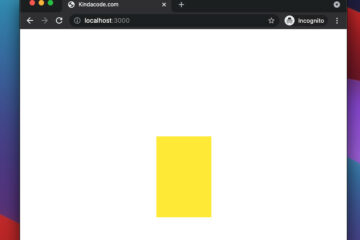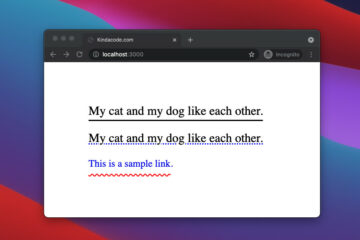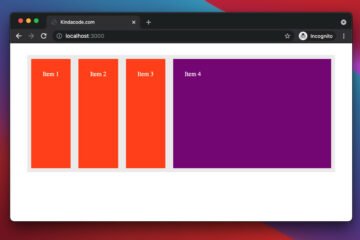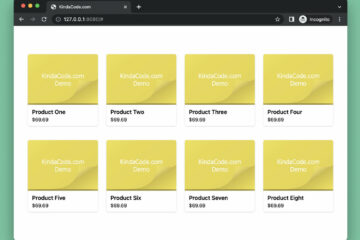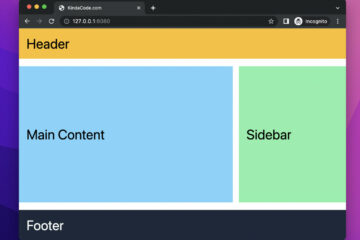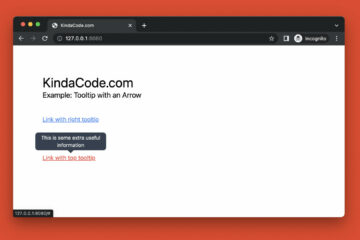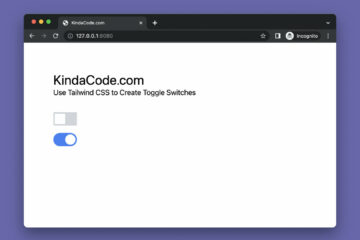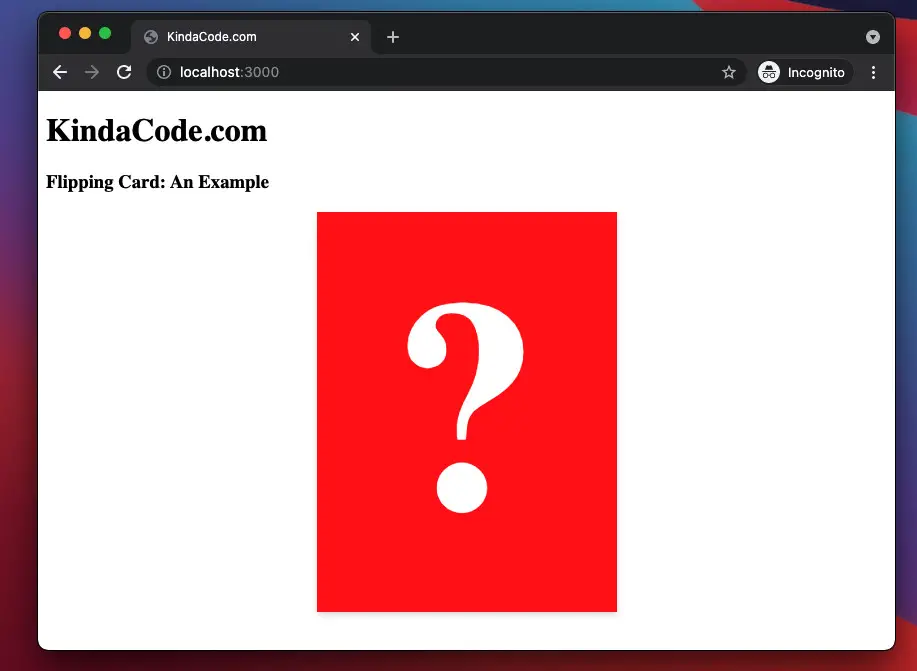
The example below shows you how to create flipping card animation with pure CSS.
Example Preview
HTML
<body>
<h1>KindaCode.com</h1>
<h3>Flipping Card: An Example</h3>
<div class="card">
<div class="card__content">
<div class="card__front">
<h1>?</h1>
</div>
<div class="card__back">
<h1>This is a big secret</h1>
</div>
</div>
</div>
</body>CSS
.card {
margin: auto;
width: 300px;
height: 400px;
perspective: 1000px;
background-color: transparent;
}
.card__content {
position: relative;
width: 100%;
height: 100%;
text-align: center;
transition: all 1s;
transform-style: preserve-3d;
box-shadow: 0 3px 6px 0 rgba(0, 0, 0, 0.15);
}
.card:hover .card__content {
transform: rotateY(180deg);
}
.card__front,
.card__back {
position: absolute;
width: 100%;
height: 100%;
-webkit-backface-visibility: hidden;
backface-visibility: hidden;
display: flex;
justify-content: center;
align-items: center;
color: white;
}
.card__front {
background-color: red;
font-size: 150px;
}
.card__back {
background-color: indigo;
transform: rotateY(180deg);
font-size: 50px;
}The Complete Code
<!DOCTYPE html>
<html>
<head>
<meta name="viewport" content="width=device-width, initial-scale=1" />
<style>
.card {
margin: auto;
width: 300px;
height: 400px;
perspective: 1000px;
background-color: transparent;
}
.card__content {
position: relative;
width: 100%;
height: 100%;
text-align: center;
transition: all 1s;
transform-style: preserve-3d;
box-shadow: 0 3px 6px 0 rgba(0, 0, 0, 0.15);
}
.card:hover .card__content {
transform: rotateY(180deg);
}
.card__front,
.card__back {
position: absolute;
width: 100%;
height: 100%;
-webkit-backface-visibility: hidden;
backface-visibility: hidden;
display: flex;
justify-content: center;
align-items: center;
color: white;
}
.card__front {
background-color: red;
font-size: 150px;
}
.card__back {
background-color: indigo;
transform: rotateY(180deg);
font-size: 50px;
}
</style>
<title>KindaCode.com</title>
</head>
<body>
<h1>KindaCode.com</h1>
<h3>Flipping Card: An Example</h3>
<div class="card">
<div class="card__content">
<div class="card__front">
<h1>?</h1>
</div>
<div class="card__back">
<h1>This is a big secret</h1>
</div>
</div>
</div>
</body>
</html>
Final Words
We’ve examined an end-to-end example of implementing a flipping card effect using pure CSS. If you’d like to explore more new and interesting things of modern frontend development then take a look at the following articles:
- CSS Flexbox: Make an Element Fill the Remaining Space
- Most Popular Open-Souce CSS Frameworks
- CSS: Center Text inside a Div with Flexbox
- CSS: Styling Scrollbar Example
- CSS: Styling Input’s Placeholder Text Examples
- CSS: Make a search field with a magnifying glass icon inside
You can also check out our CSS category page for the latest tutorials and examples.
